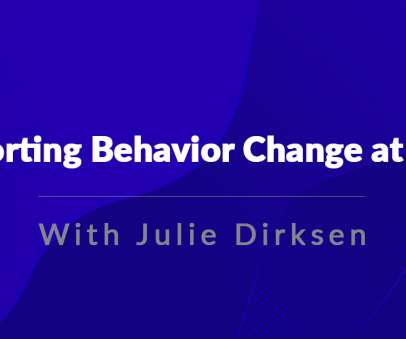Training Evaluations 101: Benefits, How To, Plus Examples You’ll Want To Use
Spark Your Interest
JANUARY 11, 2022
Hamblin as “ any attempt to obtain information on the effects of training performance and to assess the value of training in the light of that information.” If the participants aren’t willing to spend the time to provide feedback, you are missing out on a lot of valuable information. A Failure To Act.






















Let's personalize your content